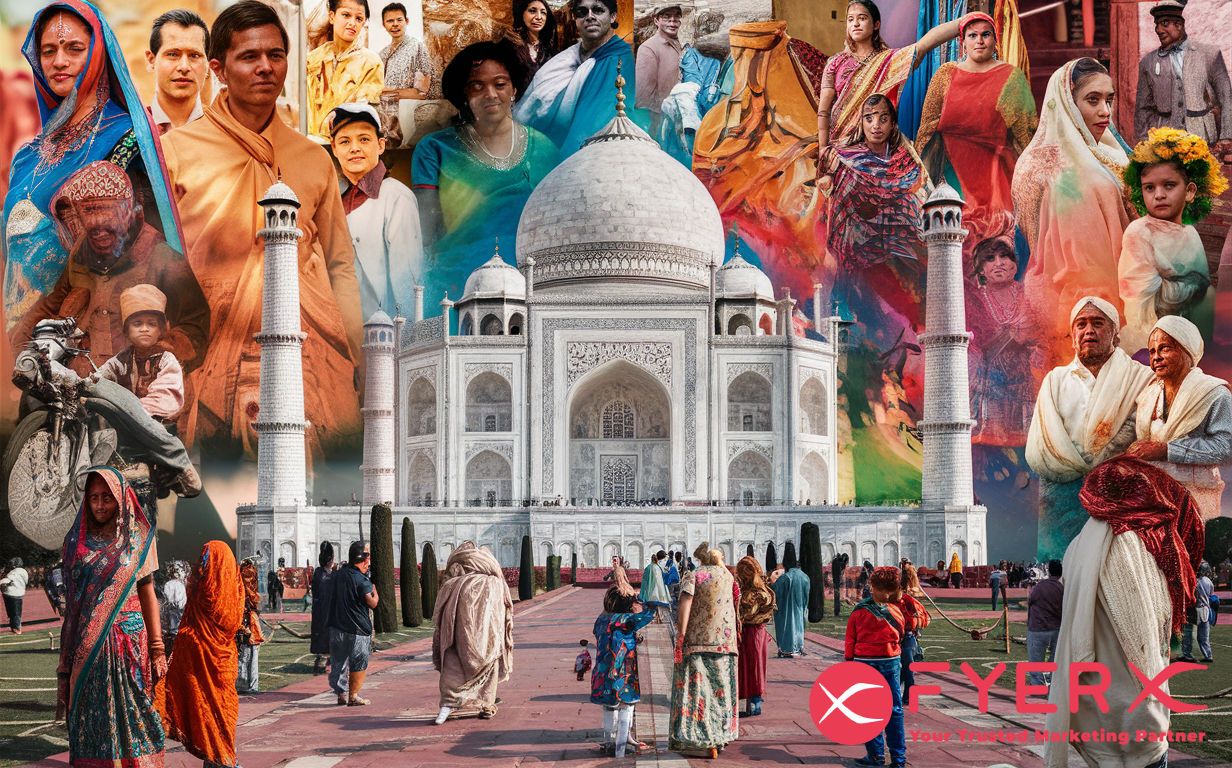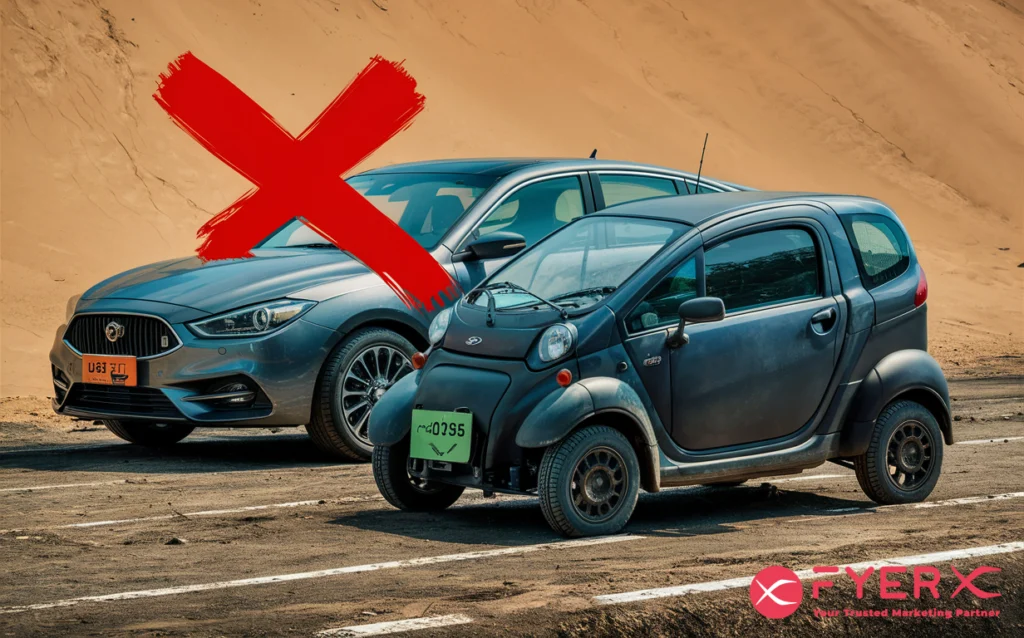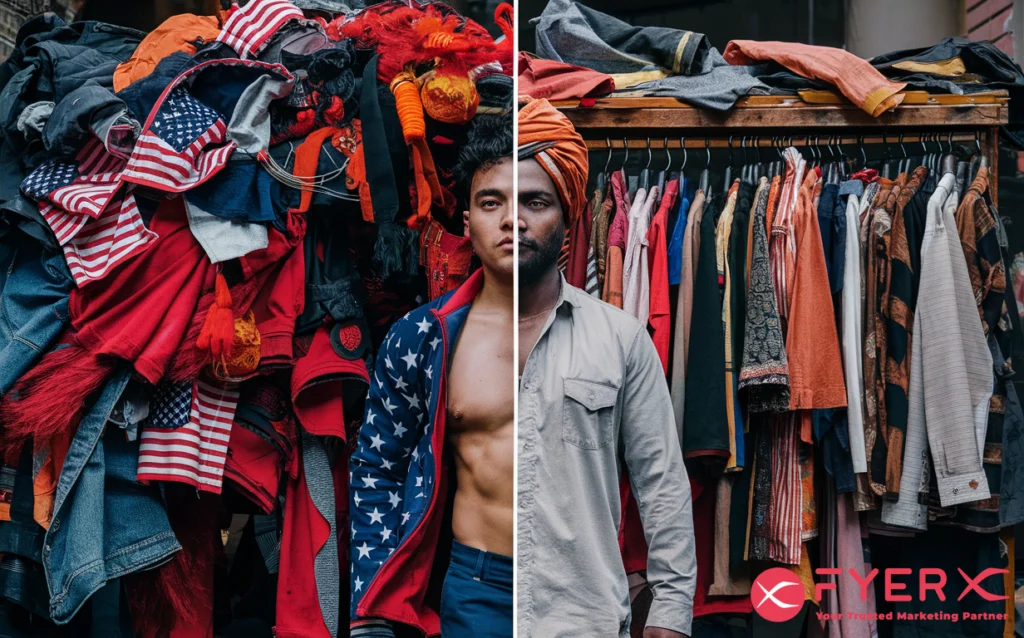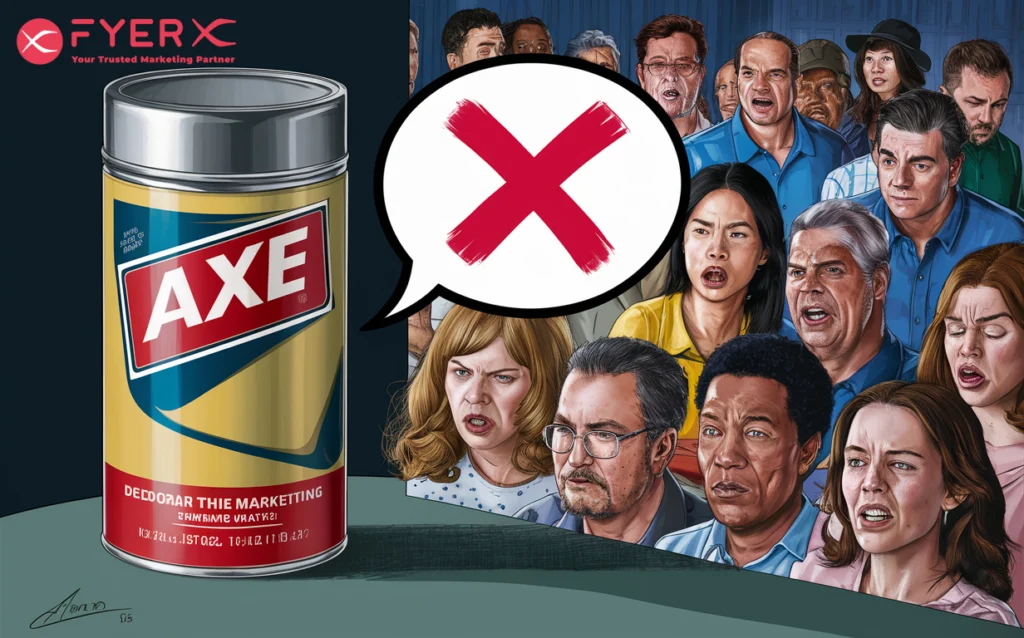
5 Global Brands That Crashed and Burned in India (and Why They Flopped!)
India, a nation brimming with vibrancy, diversity, and a population exceeding 1.4 billion, is a dream market for many global brands. This dynamic landscape offers immense potential for growth, but competition is fierce. In this battlefield of brands, a well-honed strategy is the key to conquering consumer hearts and wallets. Here’s where the power of branding comes into play.
Strong branding acts as a beacon, guiding consumers towards your product and establishing a lasting connection. It’s the voice that speaks to their needs, the image that resonates with their aspirations, and the promise that builds trust. However, for some brands venturing into the Indian market, the journey hasn’t been smooth sailing. Here, we explore the cautionary tales of five brands that stumbled due to a lack of focus on effective branding.
1. Tata Nano: The Affordable Dream that Turned into a Nightmare

The Tata Nano, launched in 2008 with a much-publicized price tag of just $2,500, aimed to revolutionize personal mobility in India. The vision was to empower every family to own a car. However, the marketing campaign heavily emphasized affordability, portraying the Nano as the “cheapest car in the world.” This strategy backfired spectacularly.
The Branding Misstep: The relentless focus on price point created an unintended image. Indian consumers, with their growing aspirations, began to associate the Nano with being a “cheap” car, a symbol of poverty rather than progress. This perception significantly dented the car’s appeal.
Impact of the Misstep: Sales figures paint a grim picture. Instead of becoming a ubiquitous symbol of Indian mobility, the Nano struggled to find buyers. By 2018, production had significantly slowed down. While the Nano did find some success in fleet markets and for commercial applications, it never achieved the level of mass-market adoption envisioned.
Lessons Learned: Affordability is a consideration, but Indian consumers are also value-conscious. Tata could have focused on highlighting the Nano’s practicality, fuel efficiency, and its ability to empower families. A well-crafted brand narrative that positioned the Nano as a “smart choice” for a growing India could have yielded different results.
2. Bisleri’s Fizzy Fiasco: When Bottled Water Didn’t Translate

Bisleri, a household name synonymous with bottled water in India, decided to tap into the booming carbonated beverage market in 2006 with the launch of Bisleri Pop. However, their established brand identity didn’t translate well to this new category.
The Branding Misstep: Bisleri had built its reputation on trust and purity. Consumers associated the brand with clean, healthy drinking water. Launching sugary sodas under the same brand name created confusion. Why would a company known for its commitment to pure water be making sugary drinks?
Impact of the Misstep: Consumers remained hesitant to embrace Bisleri Pop. The brand extension failed to gain traction, and Bisleri eventually discontinued the product line.
Lessons Learned: Brand extensions need careful consideration. A brand built on a specific value proposition might not translate seamlessly to a different product category. Bisleri could have explored creating a sub-brand for its foray into carbonated beverages, allowing them to maintain their core brand identity while venturing into a new market segment.
3. Onida: The Muffled Maestro of Electronics

Onida, once a dominant force in the Indian color TV market with its catchy jingle “Onida! Mauja Hi Mauja!” (meaning “Onida! Fun All the Way!”), has become a cautionary tale of failing to adapt.
The Branding Misstep: Onida’s success was largely due to its early recognition of the color TV revolution in India and its effective marketing strategy. However, as the market matured and diversified, Onida remained fixated on its color TV image. They entered the washing machine segment with minimal branding efforts, leading consumers to question their expertise beyond TVs.
Impact of the Misstep: Consumers, looking for reliable and trustworthy brands in the washing machine market, turned to established players with a strong brand presence in that specific category. Onida’s brand identity failed to evolve with the changing market dynamics, leading to a decline in its market share.
Lessons Learned: Brands need to be dynamic and adaptable. Onida could have leveraged its brand recognition to effectively communicate its expertise in the broader consumer electronics space. Investing in building a brand identity that encompassed various appliance categories could have helped them maintain their position in the market.
4. Lights Out for Liberty: When American Cool Didn’t Translate

American Apparel, known for its edgy and often provocative clothing lines, set foot in India with a bang in 2010. The brand’s bold marketing campaigns, featuring scantily clad models, resonated with some young urban Indians. However, the overall strategy failed to consider the cultural nuances of the Indian market.
The Branding Misstep: American Apparel’s brand identity, built on a foundation of American youth culture, clashed with the more conservative preferences of many Indian consumers. The brand’s marketing campaigns, which often relied on humor and innuendo, were considered inappropriate by a significant portion of the target audience.
Impact of the Misstep: The brand faced backlash from conservative groups and struggled to gain wider acceptance. Additionally, the high price point for clothing perceived as “basic” deterred many budget-conscious Indian consumers. American Apparel eventually shut down its Indian operations in 2016.
Lessons Learned: Cultural sensitivity is paramount. A brand’s success in one market doesn’t guarantee success in another. American Apparel could have conducted thorough market research to understand Indian consumer preferences and cultural norms. Adapting their marketing strategy and product line to resonate with the local audience could have yielded better results.
5. Axe Effect: When Humor Lost in Translation

Axe, the deodorant brand known for its bold marketing and macho image, entered the Indian market with high expectations. Their commercials, featuring attractive women mesmerized by the “Axe effect,” had proven successful globally.
The Branding Misstep: However, the brand’s humor and innuendo, which often relied on objectifying women, didn’t translate well in India. The Indian audience found the commercials offensive and disrespectful. Additionally, the macho image Axe projected didn’t resonate with the evolving definition of masculinity in the Indian market.
Impact of the Misstep: Social media backlash and criticism from women’s rights groups significantly dented Axe’s brand image in India. Consumers turned to deodorant brands with more relatable marketing campaigns and a focus on personal hygiene rather than hypermasculinity.
Lessons Learned: Understanding humor is crucial. What might be funny in one culture could be offensive in another. Axe could have invested in developing marketing campaigns that resonated with Indian sensibilities. Highlighting the product’s functional benefits freshness and odor protection could have been a more effective strategy.
Building Brands that Win in India
The stories of these five brands highlight the importance of going beyond a simple product launch when entering the Indian market. Here are some key takeaways for brands looking to succeed in this dynamic landscape:
- Understanding the Consumer: Conduct thorough market research to understand Indian consumer preferences, cultural nuances, and purchasing behavior.
- Building Brand Relevance: Craft a brand narrative that resonates with Indian aspirations and values. Focus on building trust and establishing an emotional connection.
- Adaptability is Key: Don’t just translate your existing brand identity. Be willing to adapt your brand strategy and messaging to fit the local market.
- Cultural Sensitivity Matters: Be mindful of cultural norms and sensitivities. Humor, imagery, and messaging that work in one market might need adjustments for the Indian audience.
- Long-Term Commitment: Building a successful brand in India takes time and investment. Be prepared for a long-term commitment to market research, brand building, and customer engagement.
Conquered by the potential of the Indian market but cautious about avoiding branding blunders? You’re not alone. As this blog has shown, even established global brands have stumbled due to cultural misunderstandings and a lack of strategic brand building.
Here at FyerX, a leading branding agency in Bangalore, we understand the complexities of the Indian market. We are a team of passionate branding experts with a deep understanding of Indian consumer preferences and cultural nuances.
Conclusion:
India is a land of opportunity, but it’s a market that demands respect and understanding. By focusing on building a strong brand that resonates with Indian consumers, companies can navigate the complexities and achieve long-term success. Remember, it’s not just about selling a product; it’s about connecting with a culture and becoming a trusted part of the Indian consumer journey.
Contact FyerX today and let’s discuss how we can help you build a brand that thrives in the dynamic Indian market. We’ll help you avoid the pitfalls faced by the brands mentioned in this blog and ensure your brand enjoys long-term success in India.
Related Posts

- fyerx
- February 11, 2022
How To Run A Successful Influencer Marketing Campaign In 2022
Influencer marketing If you have binge-watched Emily in Paris, then you don’t need any in ..

- fyerx
- April 6, 2022
How FyerX Is Helping Businesses With Their Distinctive Branding Strategies
branding strategies Table of contents 1. Marketing Trends 2. FyerX and Brand Marketing 3. Final ..



Recent Comments